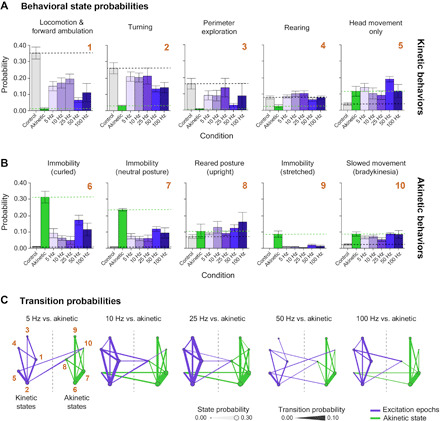Fig. 5. Optogenetic excitation of Pf-STN terminals in bilateral 6-OHDA parkinsonian mice restores natural behaviors.

(A) A machine learning algorithm was used to parse behaviors before and after optogenetic stimulation. Probability of kinetic behavioral states during Pf-STN terminal excitation epochs (ChR2, purple) across all frequencies except 5 Hz in bilateral 6-OHDA PD mice. All kinetic behavioral states were significantly higher during stimulation compared to akinetic baseline and control [Hotelling’s t tests, P < 0.0001 for all comparisons except 5 Hz (P > 0.05)]. (B) Akinetic behavioral states were significantly different during stimulation compared to akinetic baseline and control [Hotelling’s t tests, P < 0.0001 for all comparisons except 5 Hz (P > 0.05)]. Numbers (gold) represent identified behavioral states used in (C). (C) Pf-STN terminal excitation increases transition between kinetic behavioral states compared to the akinetic baseline condition. Bigrams illustrate transition probabilities between kinetic (left) and akinetic (right) states. Circle diameter represents the same behavioral state probabilities shown in (B). Line thickness represents the transition probability. Numbers represent behavioral states identified in (B): (1) locomotion and forward ambulation, (2) turning, (3) perimeter exploration, (4) rearing, (5) head movement only, (6) immobility (curled), (7) immobility (neutral posture), (8) reared posture, (9) immobility (stretched), and (10) slowed movement (bradykinesia). Bigrams for analysis can be found in fig. S7. Error bars indicate SEMs.
